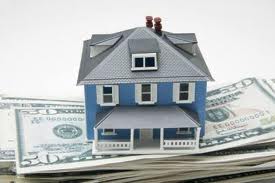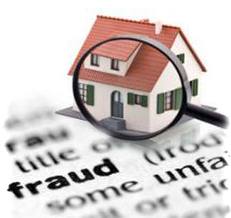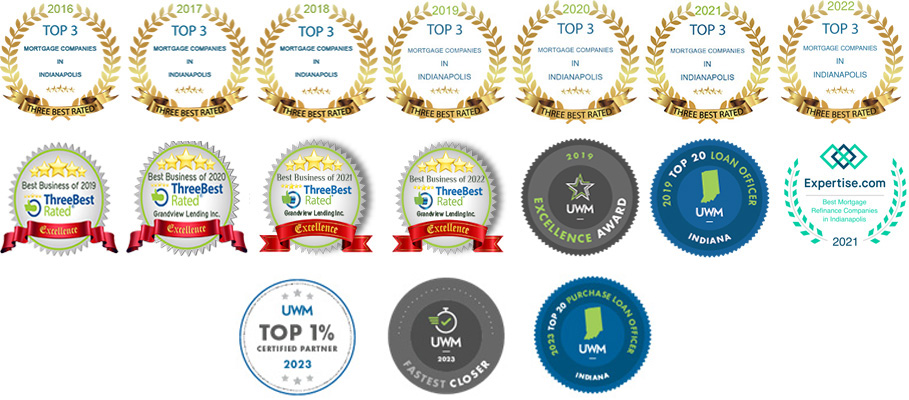How to Sell a Home from Long Distance
February 22nd, 2012
 Perhaps you’ve recently moved to another state for a new job, or an out-of-state parent has had to move into a health care facility, and now you’re faced with the challenge of selling a house from a far. While this may not be an ideal situation, you can successfully sell a home located in another state by following these tips.
Perhaps you’ve recently moved to another state for a new job, or an out-of-state parent has had to move into a health care facility, and now you’re faced with the challenge of selling a house from a far. While this may not be an ideal situation, you can successfully sell a home located in another state by following these tips.
Build a Team of Trusted Professionals
Let’s face it – it’s going to be hard for you to continually come back to maintain the home, let alone sell it. Therefore, you need to put together a team of true professionals to help you make any needed repairs, maintain, care and sell the home. Don’t rely on family members or friends to do this for you. You’re only setting yourself up for disagreements, excuses and potential trouble. You need to think of this as a business transaction that requires expertise to get the job done.
Get an Experienced Realtor
The most important person on your team is a seasoned, local real estate agent. Shop around for a Realtor until you find someone who has experience in these types of situations. You want a well-connected agent, who’ll get your home sold as quickly as possible. Also, you want someone who is tech savvy and a good communicator, since you’ll be interacting with this person via phone calls, email, voice mail, texting, or Skype most of the time. Make sure you do your part though by responding to your Realtor’s requests in a quick and timely manner.
Hire a Handyman or Contractor
Since your home will be sitting empty, you’re going to need a reliable, dependable handyman or contractor to get repairs done and maintain the home. Either use someone you’ve worked with before who is familiar with your house; or, ask your real estate agent, friends or neighbors for referrals. Besides being trustworthy, you want someone is accessible since you’ll be working with him/her via phone calls or email. Also, make sure they can accept checks or credit card payments since it’ll be difficult to pay them in cash. Establish, in writing, the tasks you want him/her to do to avoid confusion. Arrange for a third person to check to see if the items were completed to your satisfaction.
Enlist a Home Stager
Over 85 percent of people have a hard time visualizing a furnished home when it is empty. Therefore, your home will sell faster if it is decorated. Hire a home stager who has experience in handling vacant homes and has access to furniture and accent pieces. A stager will help make your home look inviting and lived in, so no one will know it’s actually unoccupied. Additionally, the stager can review the work of the handyman or contractor to make sure things are being taken care of while you’re away. Ask your Realtor if he/she knows a stager they’ve worked with. This person should also be readily accessible and able to accept a check or credit card payment.
With the right team in place, you can successfully sell your home from long distance.
If you’re moving into a new home and need a loan, let Grandview Lending be a part of your team. We can review your lending options with you and develop a mortgage plan that’s tailored to your needs.
READ MORE
 Did you know that 92% of homebuyers start their house hunt on the Internet? And if your online listing isn’t compelling enough, they will never even come to see your home.
Did you know that 92% of homebuyers start their house hunt on the Internet? And if your online listing isn’t compelling enough, they will never even come to see your home. On February 1, President Barack Obama outlined his administration’s latest plan to help millions of homeowners refinance their privately held mortgages at lower interest rates. The plan would enable eligible borrowers to save about $3,000 annually if they refinance their loans through a Federal Housing Administration (FHA) program, which would guarantee the new loan and assume the risk if the borrower defaulted.
On February 1, President Barack Obama outlined his administration’s latest plan to help millions of homeowners refinance their privately held mortgages at lower interest rates. The plan would enable eligible borrowers to save about $3,000 annually if they refinance their loans through a Federal Housing Administration (FHA) program, which would guarantee the new loan and assume the risk if the borrower defaulted. Buying a home can be a big investment. However, your home may provide you with tax advantages. Here’s a list of four common tax deductions for homeowners:
Buying a home can be a big investment. However, your home may provide you with tax advantages. Here’s a list of four common tax deductions for homeowners: In many cases, the real estate agent or the bank may not know about the violation until the property is in the escrow period. If a lien is recorded, then the title company should find it during the title search. Unfortunately, sometimes this happens a few days before escrow closing.
In many cases, the real estate agent or the bank may not know about the violation until the property is in the escrow period. If a lien is recorded, then the title company should find it during the title search. Unfortunately, sometimes this happens a few days before escrow closing. Have you made your New Year’s resolutions? Most people think of resolutions in terms of self-improvement – losing weight, quitting smoking, and getting more exercise. But why not make a resolution to improve your home in 2012?
Have you made your New Year’s resolutions? Most people think of resolutions in terms of self-improvement – losing weight, quitting smoking, and getting more exercise. But why not make a resolution to improve your home in 2012? The new year is almost here. Is buying a new home on your list of resolutions for 2012? If it is, then you need to make sure your financial situation is order. By following these tips, you can make your dream a reality.
The new year is almost here. Is buying a new home on your list of resolutions for 2012? If it is, then you need to make sure your financial situation is order. By following these tips, you can make your dream a reality. The holidays can be a wonderful time of the year. While, the glowing candles, the crackling fires in the fireplaces, and the twinkling Christmas lights can make the season merry and bright, they can also increase your risk of a house fire. Every year, more than 400 Americans die due to holiday-related fires, and 1,000 are hospitalized with injuries.
The holidays can be a wonderful time of the year. While, the glowing candles, the crackling fires in the fireplaces, and the twinkling Christmas lights can make the season merry and bright, they can also increase your risk of a house fire. Every year, more than 400 Americans die due to holiday-related fires, and 1,000 are hospitalized with injuries. At the end of November, the Office of the Special Inspector General for the Troubled Asset Relief Program (SIGTARP) shut down 125 online mortgage modification scams advertised on Google, Yahoo!, and Bing according to the
At the end of November, the Office of the Special Inspector General for the Troubled Asset Relief Program (SIGTARP) shut down 125 online mortgage modification scams advertised on Google, Yahoo!, and Bing according to the 





